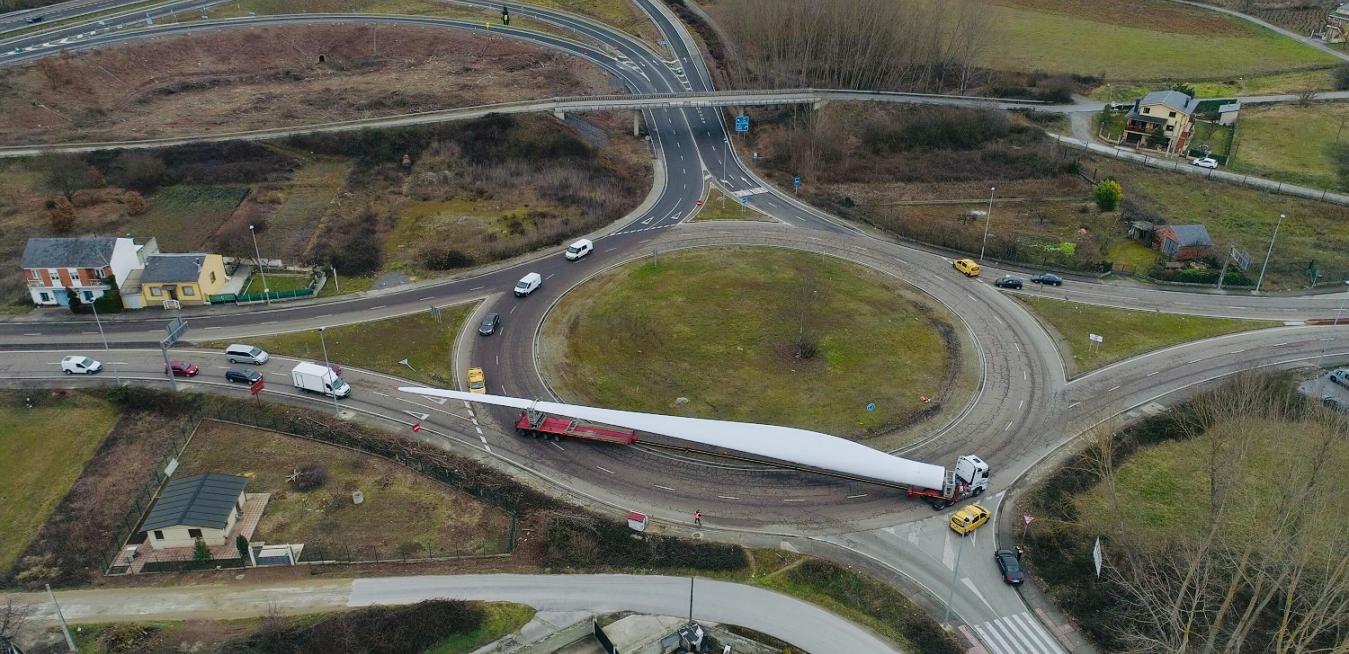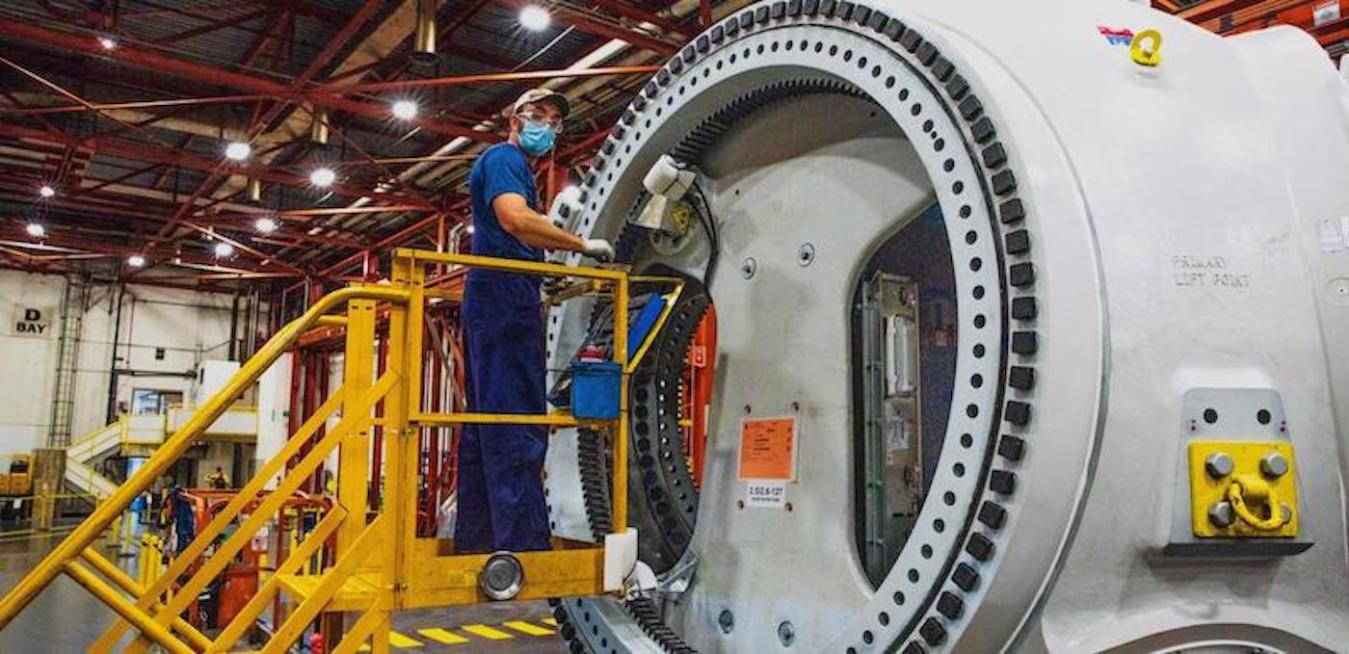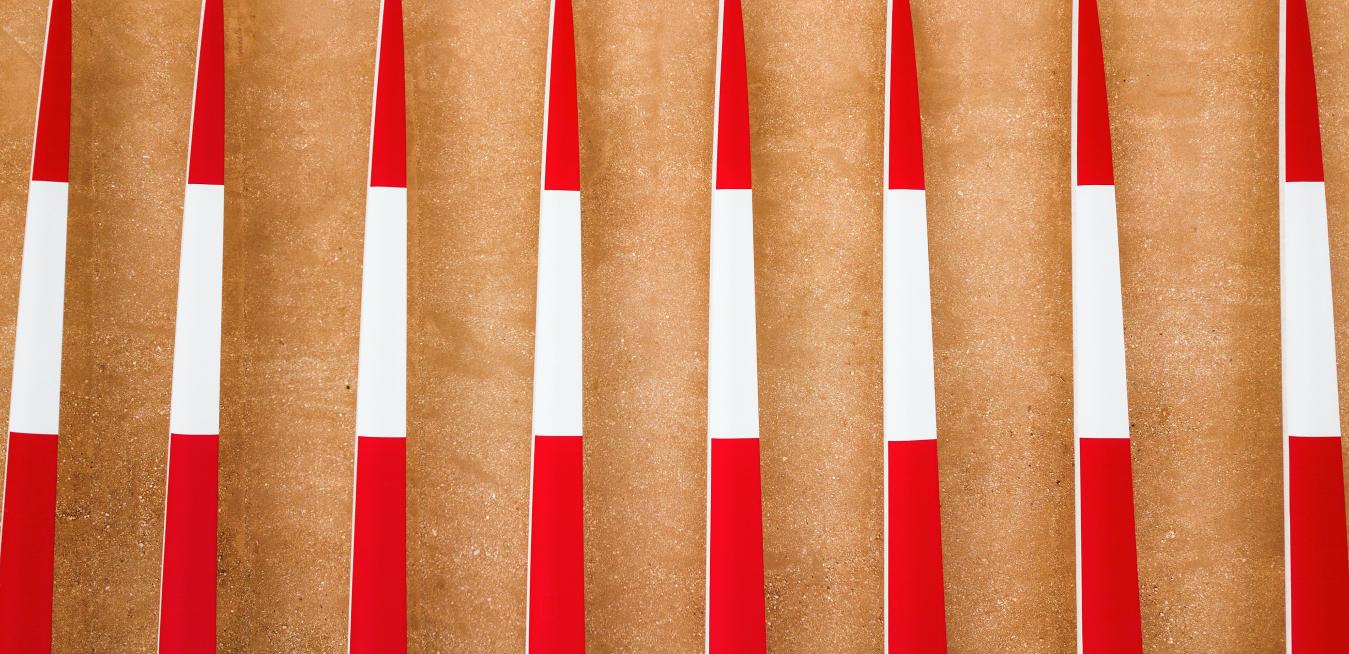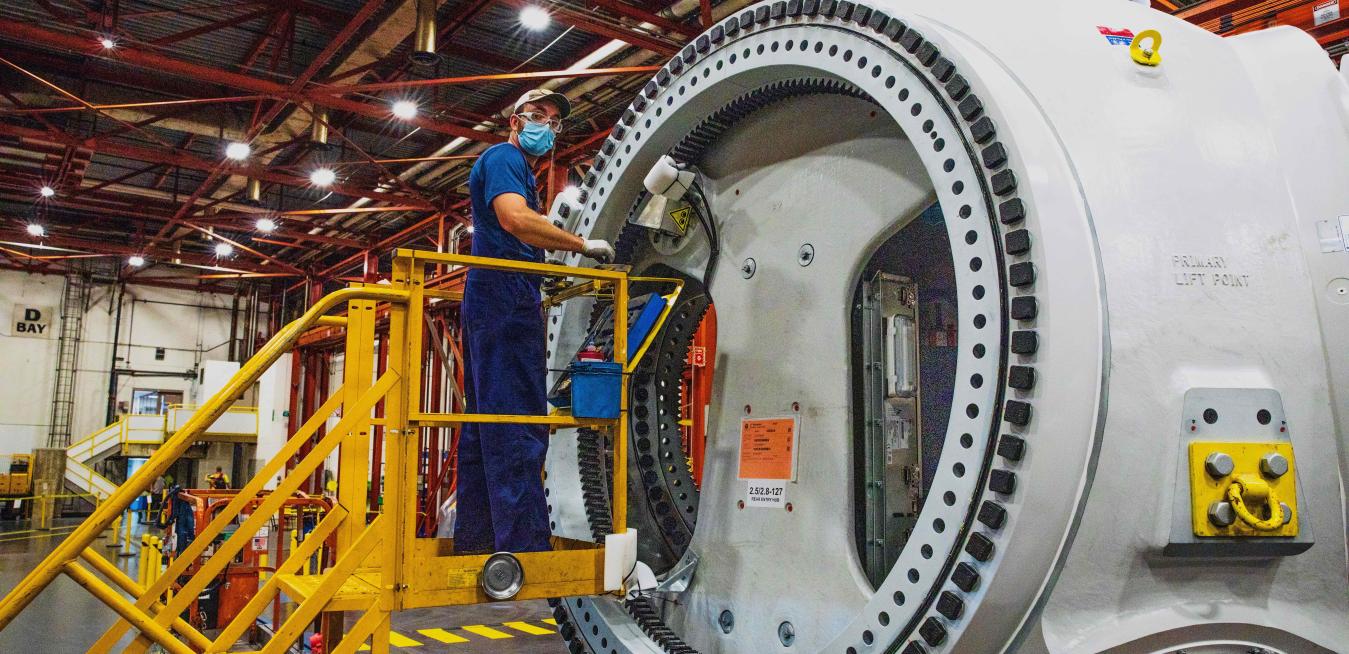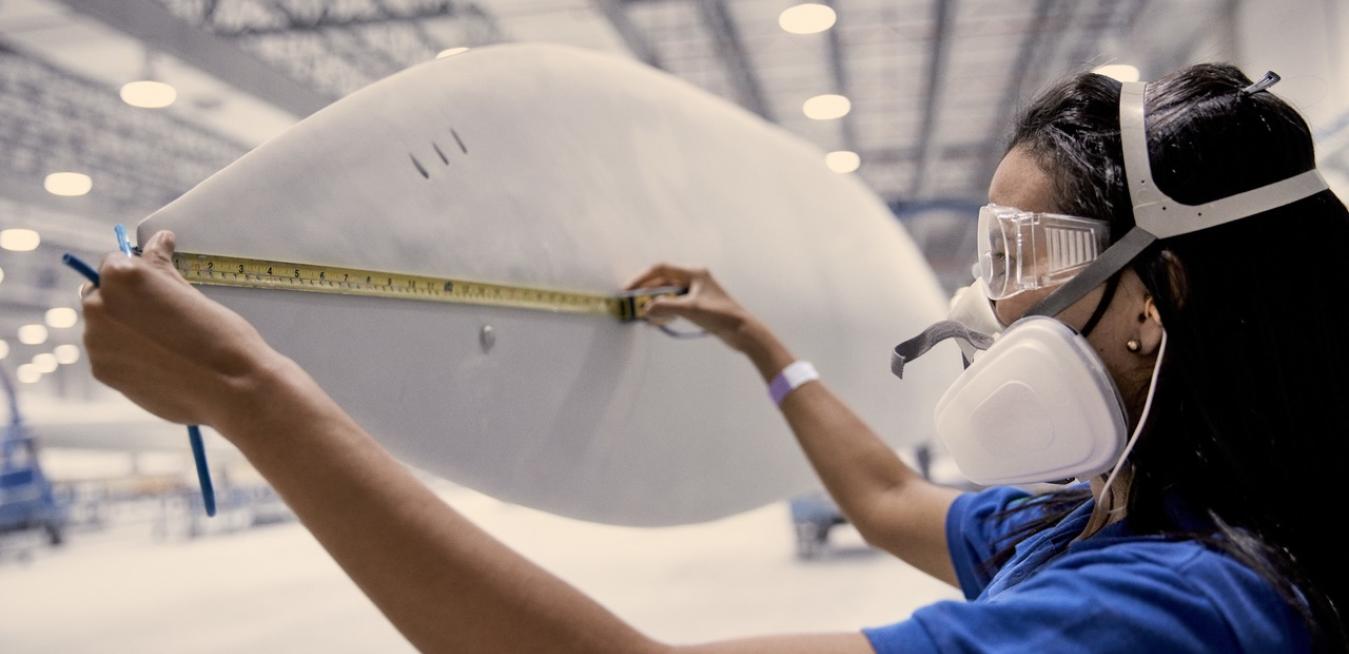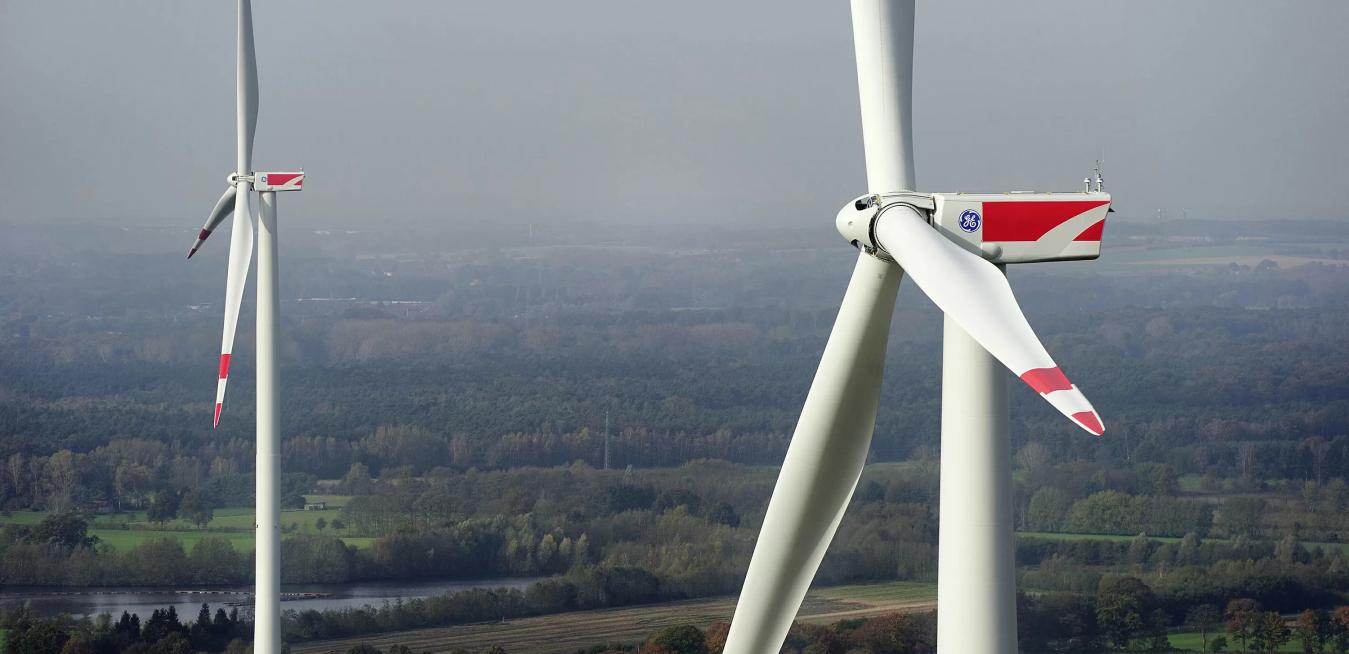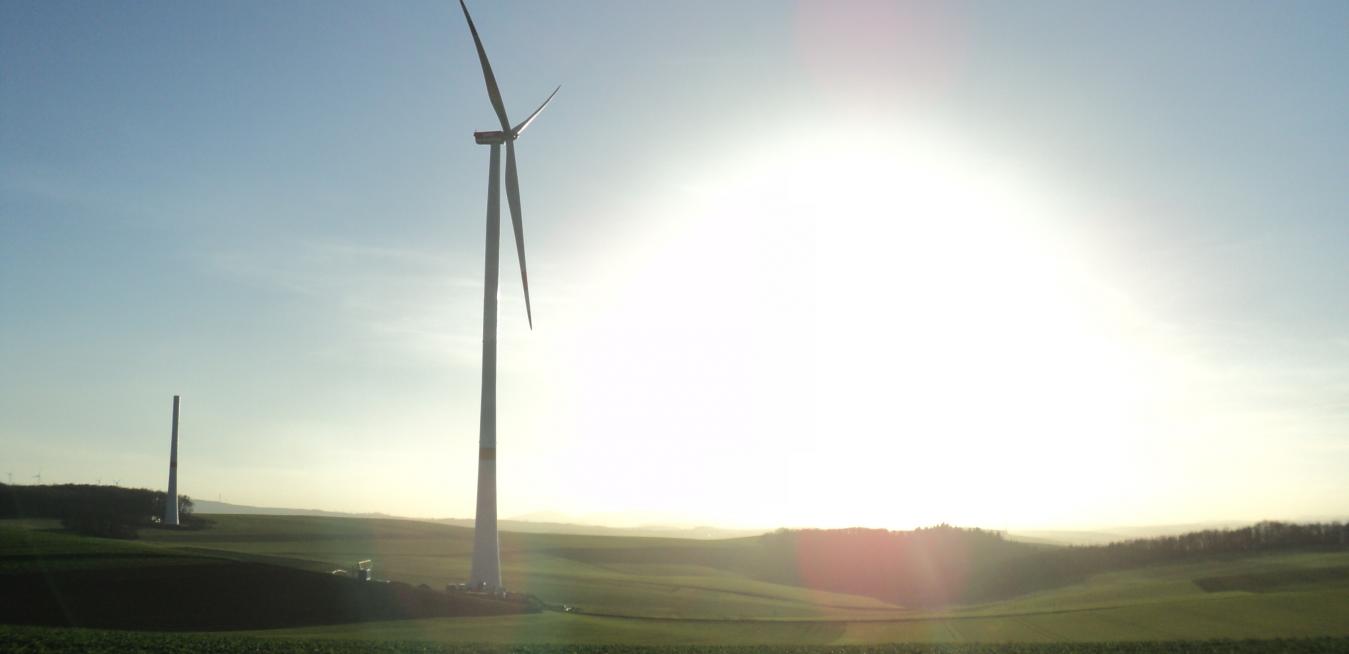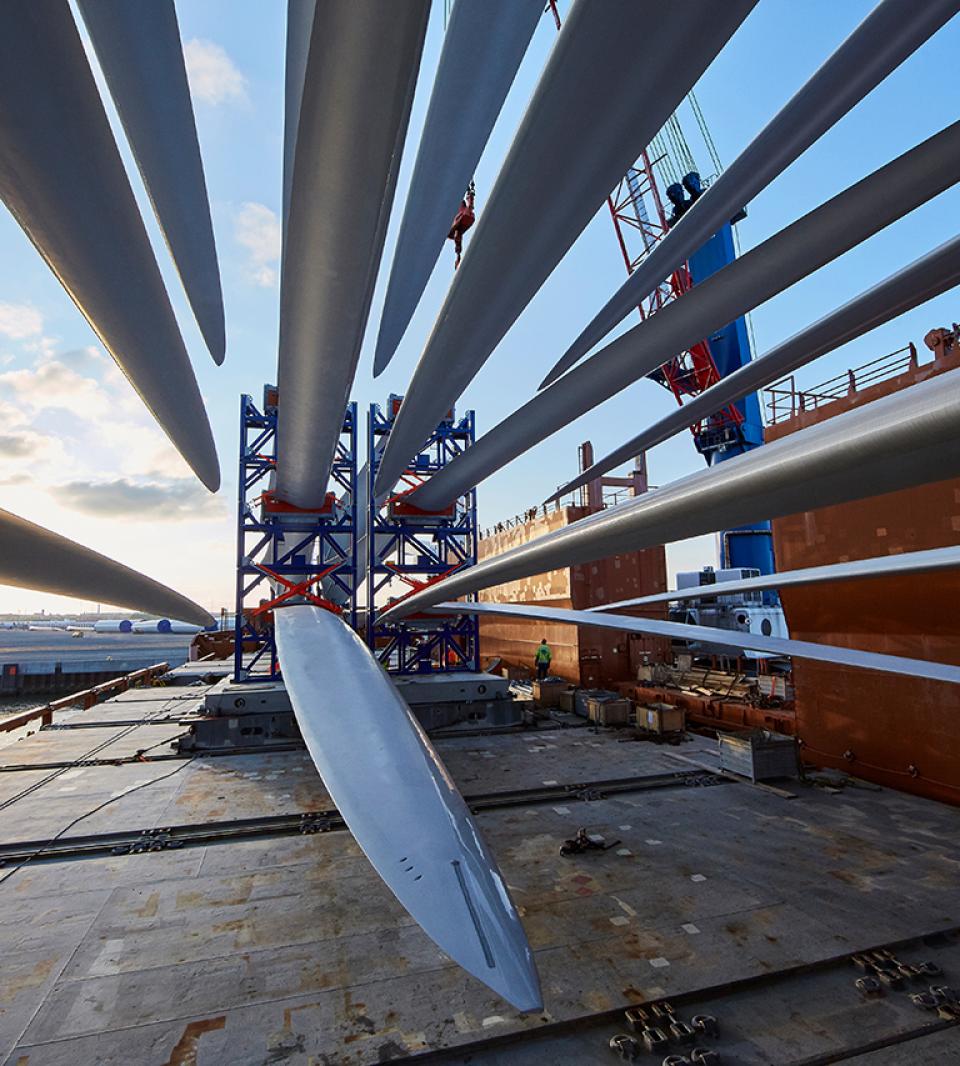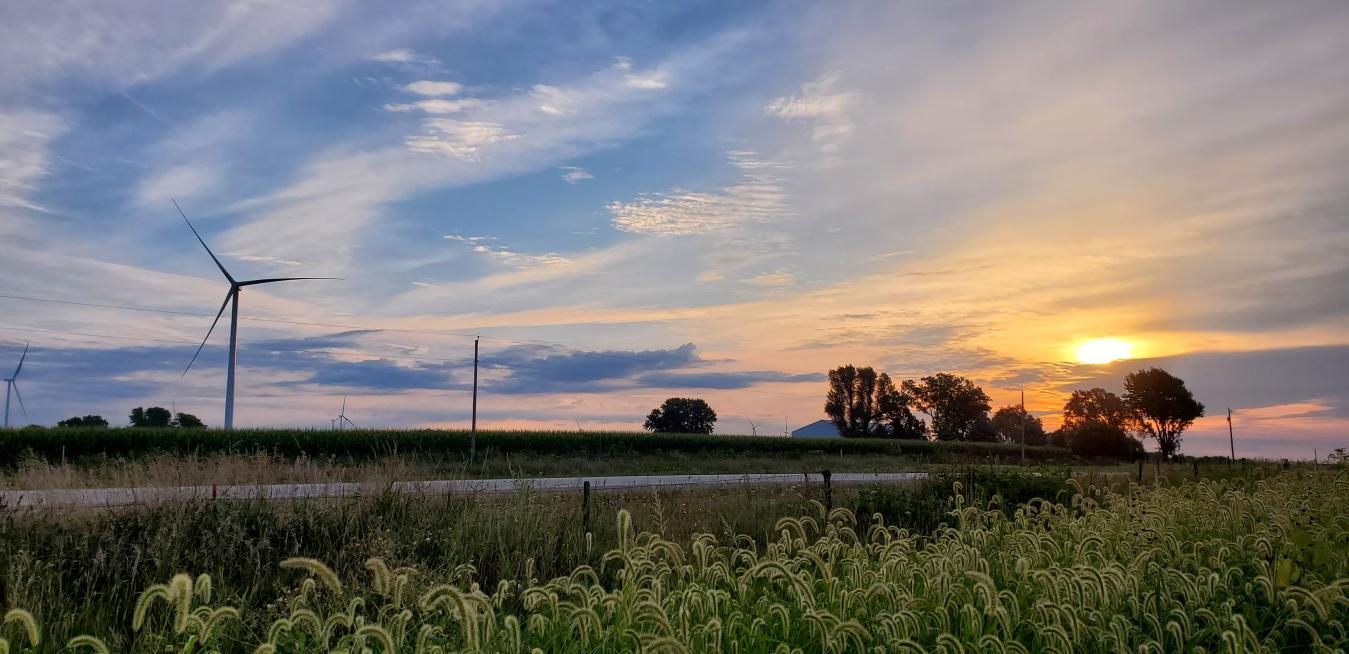Wind has been powering the world’s energy transition to a more sustainable future, but the turbines that convert wind energy into electricity come with their own carbon footprint. As a result, companies that make turbine components have tried to make the footprint smaller.
In the 1970s, a team of researchers from the Massachusetts Institute of Technology traveled to Japan to figure out why that country’s automakers were delivering cars faster than their competitors in Detroit. Their search led them to Toyota and its Toyota Production System — a set of management principles focused on boosting safety, quality and efficiency, reducing waste and creating more value with fewer resources.
Categories
Wind power is a fast-growing source of renewable energy, but that doesn’t mean the industry isn’t trying to lower its carbon footprint. One way to do it involves recycling wind turbine blades.
Workers at GE Renewable Energy’s plant in Pensacola, Florida, have a reason to feel good about their work. They make some of the most popular onshore wind turbines on the planet. The GE unit’s 2-megawatt (MW) onshore wind turbines reached a mind-blowing milestone in 2020 — a combined 20 gigawatts of installed capacity in 23 U.S. states and 10 countries. That’s enough to power the equivalent of 12.9 million homes around the world.
Wind energy is a powerful tool for shrinking the world’s carbon footprint. Making the machines that convert wind into clean power, however, comes with its own footprint, as is true of any manufacturing industry.
Take the 13 global factories run by LM Wind Power, the GE Renewable Energy subsidiary. Among the blades they manufacture are wind turbine blades up to 107 meters in length for GE Renewable Energy’s Haliade-X offshore wind turbines. Just one turn of the turbine can generate enough energy to supply the equivalent of one U.K. home for two days.
Like many countries around the world, India is going through a massive energy transition. “Energy use has doubled since 2000, with 80% of demand still being met by coal, oil and solid biomass,” the International Energy Agency reported in its 2021 energy outlook for the country of nearly 1.4 billion people.
Wind power is a fast-growing source of renewable energy, but that doesn’t mean the industry isn’t trying to lower its carbon footprint. One way involves purging emissions from the wind turbine’s entire life cycle, whether that’s raw material sourcing, manufacturing processes or the transportation of the components to the wind farm.
GE’s Haliade-X offshore wind turbine was designed to evolve with the market, and evolve it has. The initial model produced 12 megawatts — and even at that level, a single rotation of the machine’s blades could generate enough power for one U.K. household for two days. But when GE Renewable Energy engineers tested a Haliade-X prototype, they found it could be optimized to produce 13 MW. Now an even more powerful version will be rated at 14 MW — and it’s that machine that’s just been selected for Dogger Bank C, the 1.2-gigawatt, third phase of the U.K.’s Dogger Bank wind farm.
GE has been 3D printing parts for jet engines and gas turbines. In the recent years, the technology also entered another field: wind power. GE Renewable Energy, together with leading research centers, national labs and key industrial partners, has been testing such new manufacturing technologies and materials on large components like wind turbine towers 3D-printed from concrete — and more recently, blades.
Last November, more than 8,000 GE Renewable Energy onshore wind turbines standing in 23 states in the United States and 10 different countries quietly took the power industry by storm. The 2 megawatt (MW) onshore wind platform blew through a major milestone by logging a combined 20 gigawatts (GW) of installed capacity worldwide since its debut in late 2015.
